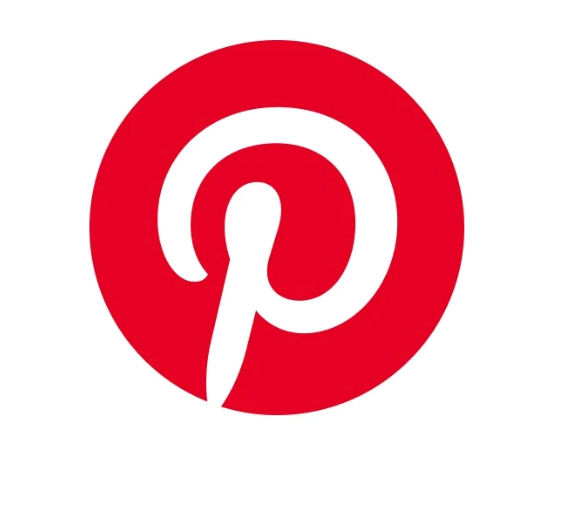Redemption rates for coupons delivered via the Internet still fly under the radar of syndicated tracking services. In 1997, a barely perceptible 0.001 percent of all coupons redeemed were from the Net, according to NCH NuWorld Marketing. Yet recent reports from some online coupon purveyors are revealing high redemption rates and consumer interest. They may not be lying. The Net has attracted non-packaged goods companies to using coupons that don’t pass through traditional clearinghouses.
“The key feature of Internet couponing is the ability to build a database and respond to personal preferences,” says vp sales & marketing Matt Moog of Chicago-based CoolSavings. The company, which began service in March 1997, helps retailers such as Sears, Marshalls, PetSmart and Pearle Vision turn Internet cruisers into offline buyers with nontraditional coupon offers. Shoppers access and print out coupons from the CoolSavings site (www.coolsavings.com), reached through a banner ad or a link at a retailer’s site. CoolSavings expects to make more than a billion impressions in 1998, according to Moog.
CoolSavings reports redemption rates as high as 30 percent, based on consumers clicking on the offers. “The high response rates demonstrate the ability to develop and segment a database to target truly relevant offers,” says Moog. Consumers inundated with unwanted offers increasingly will reverse the flow of promotions by requesting only offers that interest them through third parties on the Internet.
“Consumers are enthusiastic about Internet coupons because they fit well with their usage patterns and online savvy,” says vp marketing Bob Egan of Planet U. The San Francisco-based company helps packaged goods companies deliver highly targeted traditional coupons on the Internet, based on stated consumer preferences, past purchase behavior, and other targeted database marketing tools.
The company’s “U-pons” generated an average redemption rate of over 20 percent for national packaged goods brands with Dick’s Supermarkets, claims Egan. The retailer has been offering the totally electronic version of the coupons since mid-February to its 50,000 Savings Club members in Wisconsin and Northwest Illinois. The loyalty card participants are able to select items that interest them on the Planet U site and then redeem with their Savings Club card next time they shop.
According to Planet U, the most popular categories with Dick’s shoppers have been baby products with 36 percent redemption rates; cheese and peanut butter, 30 percent each; bread, 24 percent; prepared frozen foods, 22 percent; and cookies, 20 percent. “It shows what can happen when consumers are actively involved in choosing the offers,” says Egan.
According to the Boston-based Yankee Group’s Interactive Consumer Survey released earlier this year, 60 percent of respondents from online households said they would use coupons offering discounts on products and services.
Prepare for takeoff Online coupons got off to a slow start because they presented new and unique security challenges, including easy duplication, electronic alteration, and hacker creativity. Paperless coupons and new technologies are apparently easing manufacturer concerns. Indeed, marketers’ experiments with online promotions, including coupons and price promotions, have met or exceeded expectations and budgets are set to expand rapidly as a result, according to an “Online Retail Strategies Report” released in July by Forrester Research, Inc. of Cambridge, MA.
Since the national launch of ValuPage coupons in February, more than 114 product categories from 40 different national manufacturers are participating on the site. The service from Catalina Marketing’s SuperMarkets Online is essentially the Web’s answer to Sunday newspaper coupons. More than 7,000 supermarkets nationwide that are a part of Catalina’s Network currently accept the ValuPage coupons. Security is achieved since consumers receive “Web Bucks” good on their next store visit after scanning and verifying the home-printed ValuPage and qualifying purchases. Even this two-step process is generating redemption rates of 20 percent to 30 percent, claims a company spokesperson.
Both online and offline, Forrester analysts posit that a consumer’s response to promotions depends on the combination of each offer’s relevancy, timeliness, and value divided by the effort to participate.
Says Moog of CoolSavings: “Serving convenient personalized offers down to the ZIP code based on consumers’ interests and lifestyles will translate into one-to-one marketing on a large scale.”
Meanwhile, seven out of 10 of the top ad banners clicked by consumers for the week ending June 6 included promotional offers, according to BannerTrack, NetRatings’ syndicated ad research service. The measurements are based on the Web activity of a sample panel of some 2,000 Internet users 18 and older who access the Web from home.
By the end of 1998, the number of total U.S. households shopping online will double to 10 percent, according to Forrester. What an interesting year 1998 has been for promotion marketing on the Net already, and what an even more exciting year it may turn out to be.



